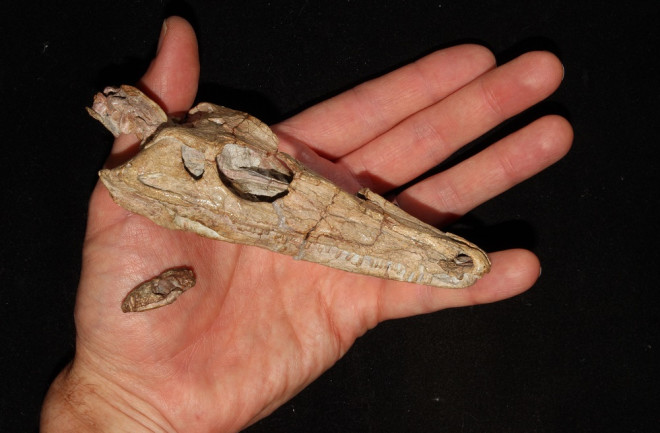Mammalian evolution didn’t happen in a straight line. For 320 million years, it has surged forward and crashed back down again amid successive mass extinctions, such as the one that killed the dinosaurs 66 million years ago.
After each extinction, a population of small, generalist, insect-eating animals that could hide in the cracks of the world, led a new radiation of species to evolve. Or so biologists have tended to believe.
But is this true? A new study that constructed a massive family tree for mammals and their reptilian predecessors – a graph spanning 1,888 different species – has found that it’s only partially the case.
When Did Mammals First Appear?
The real story of mammalian survival is more complicated and contains greater specialization than previously believed. Each chapter begins with a clearing of the slate, making room for new and more interesting creatures to thrive.
That’s what happened 250 million years ago at the end of the Permian Period, when acid rain and other fallout from volcanic eruptions killed 90 percent of the species on the planet. The slate was wiped again 200 million years ago, during the Triassic-Jurassic extinction, and again 66 million years ago when an asteroid killed the dinosaurs.
Read More: Did Prehistoric Mammals Live With Dinosaurs, and What Were They Like?
How Did Mammals Evolve?
Between each extinction, mammals evolved new forms and some not-so-new ones. While dinosaurs walked the earth, early mammalia forms evolved that resembled badgers, flying squirrels, anteaters, and beavers.
“These same ecological adaptations – for gliding, climbing, eating diverse diets – have evolved repeatedly in the history of mammals and their close relatives,” said lead author David Grossnickle, an evolutionary biologist at the Oregon Institute of Technology, in a statement.
Read More: Mammals Diversified Much More Rapidly 66 Million Years Ago
How Large Were Early Mammals?
Conventional wisdom holds that these radiations started out with small animals that then evolved, branched off, and grew larger. But according to the team’s family tree, some radiations – especially the early ones involving reptile-like predecessors – began with large-bodied survivors that fanned out and grew smaller.
The researchers found that while extinction survivors appear generic when compared to modern-day mammals, they are relatively specialized when compared to the organisms of their own time. For example, many early mammals during the time of the dinosaurs had specialized teeth they used for grinding, meaning they could eat a wider variety of food.
Read More: Mammals Weighing Just A Pound Evolved After Dinosaur Extinction
How Did Mammals Survive Mass Extinction?
As useful as these mortar-and-pestle teeth were, they didn’t come to the fore until a mass extinction wiped out the incumbent competition.
“You often need an extinction event like the one that killed the dinosaurs to knock out some of those older groups, and then it allows those fancier animals to persist and diversify,” said Grossnickle.
The most recent radiation followed the asteroid that killed the dinosaurs 66 million years ago and ended about 34 million years ago with the establishment of all the major mammalian lineages we see today. As in a previous era, beavers evolved, along with anteaters, flying squirrels, badgers, and more.
Read More: Two Asteroids May Have Wiped Out The Dinosaurs
What Is the Relationship Between Specialization and Mass Extinction?
Specialization has helped many animals to outlast extinction, but it has barred many others at the gate, the researchers warn.
“The kind of mammal that survives a mass extinction won't be a specialist like a panda bear that can only eat bamboo,” said co-author Spencer Hellert, an assistant professor at Columbia College Chicago, in a statement.
Instead, the team points to an animal like a raccoon, which is specialized but can eat widely and omnivorously.
Read More: The 5 Mass Extinctions That Have Swept Our Planet

